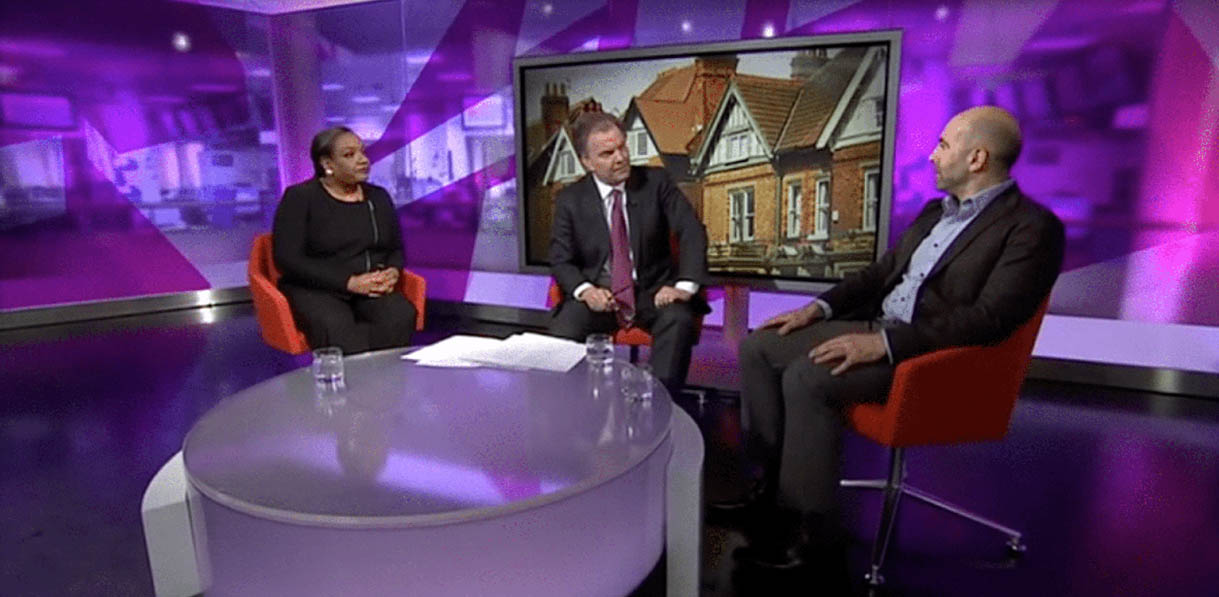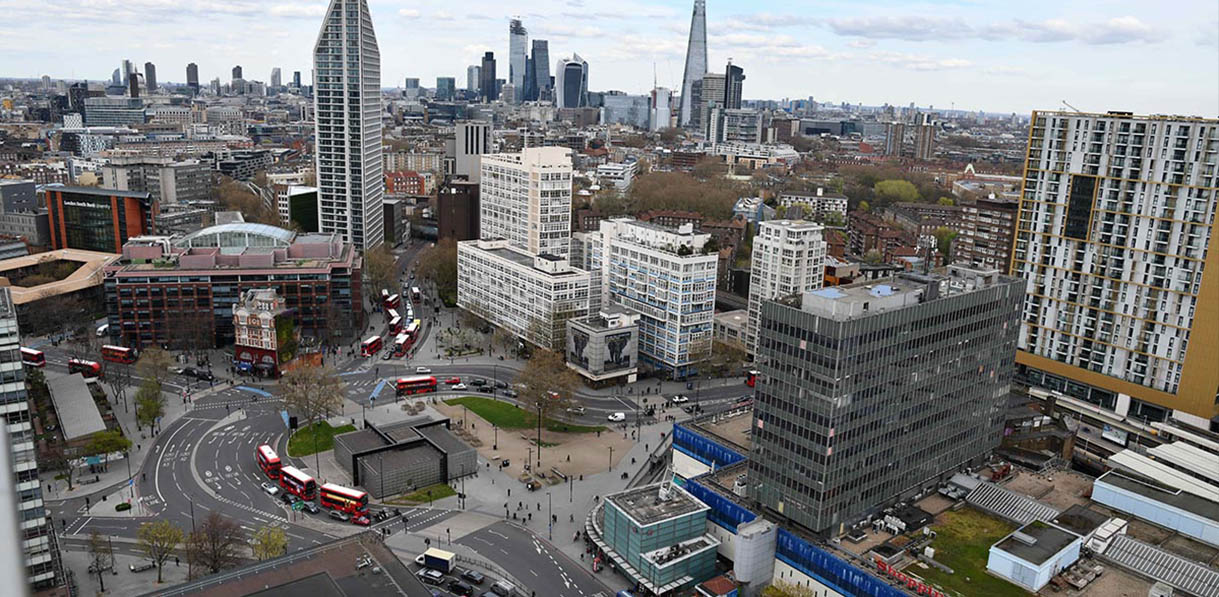 I’m always keen to encourage people to research their own buy to let mortgages, but there’s no doubt it can be very daunting. There are a few key concepts you need to understand and I’m going to outline them here for you. First let’s take a quick look at the history of the buy to let mortgage and how it came about.
I’m always keen to encourage people to research their own buy to let mortgages, but there’s no doubt it can be very daunting. There are a few key concepts you need to understand and I’m going to outline them here for you. First let’s take a quick look at the history of the buy to let mortgage and how it came about.
The recent EU Mortgage Credit Directive nearly outlawed Buy To Let mortgages. The UK and Denmark are the only member states that allow this kind of financing and our other European partners had little understanding of this Anglo Saxon model. Introduced in 1996, buy to let mortgages were the result of joint efforts by lenders and letting agents to create an innovative vehicle for financing property purchases based on the rental income of the property rather than the earnings of the borrower. Their popularity surged the following decade, when loans of 85% of the value of the property became the norm. Specialist lenders like Mortgage Express, Paragon, The Mortgageworks, Godiva and Birmingham Midshires emerged. Unscrupulous practices by property investment clubs and some overenthusiastic lending resulted in thousands of casualties after the credit crunch and a withdrawal of many buy to let products.
The post credit crunch era was characterised by lower loans to value and a much higher margin between bank base rate and the payrate – which is the actual rate the borrower paid. There was also a greater emphasis on the creditworthiness of the borrower. Mortgage finance eased after 2012 as the lenders realised that for them buy to let – with it higher rates, low loans to value and well heeled investors – made good business sense. Repossessions on buy to let are low, and these loans make up about 14% of the mortgage market in the UK.
So what are the key aspects of a buy to let loan today? Generally you can borrow up to 75% of the value of the property. The rental income must cover 125% of the monthly mortgage payment. Most investors take out interest only loans, because the interest can be set against your rental income, making this a relatively tax efficient transaction. The lender will look at your credit file, either checking for any adverse credit like County Court Judgments or default accounts or generate a credit score based on your credit history and current profile. Many lenders expect borrowers to have their own home mortgaged or owned outright and have a minimum income of around £25,000, though this varies depending on the lender. Some major lenders like Birmingham Midshires and The Mortgageworks don’t require earned income but their credit score is consequently more onerous, especially at higher loans to value.
In 2009, typical buy to let rates were around 5.25% and they often applied arrangement fees of 2.5% of the loan – pretty hefty if you were buying a London property. Thankfully, rates and fees have fallen considerably and at 75% loan to value you are now looking at 2.5% to 3.5% with fixed fees of less than £2,000. If you have a bigger deposit and get a 65% loan, rates can be as low as 2%. New entrants like Virgin Money, The Mortgage Trust, Precise and Aldermore – though not always the cheapest – have helped to increase competition. You can use a broker, but they will often steer you towards specialist lenders who are not necessarily best value. Often building societies who mostly deal direct with customers can have some of the best deals. Try carrying out your own research by looking at rates on Moneyfacts or using the NLA Mortgages search engine.
Once you have got your mortgage, if the property increases in value, you can release equity and apply for a further advance. People often release funds from their own home in this way to buy an investment property. This is called capital raising, most lenders will allow it for the purposes of buying property, though they may insist you own the property for 6 or sometimes 12 months and apply a lower loan to value like 70%.
You will need to be aware of some tricky lending criteria. Recently almost all lenders have changed how they calculate the amount you can borrow. They now say that rental income must cover 125% of the mortgage amount at a notional rate of 5% or the lender’s standard variable rate. This tends to reduce how much you can borrow and is aimed at acclimatising borrowers to the likelihood of interest rate rises in the short to medium term. Lending policy also tends to favour landlords with smaller portfolios. Most lenders place a cap on how many properties you can own regardless of who the loan is with, usually between 3 and 10 or if not, a limit on how much you can borrow overall.
Pre credit crunch, Mortgage Express offered same day re-mortgages. This subsequently caused outrage amongst the Council of Mortgage Lenders and they introduced a six month rule. You cannot mortgage or remortgage a property unless you or the vendor has owned it for six months. It’s a blunt dogmatic instrument that will affect you if you buy from a developer who has owned a property for matter of weeks, or you buy a wreck with cash and want to refinance it after you’ve finished a quick two month refurbishment. You won’t be able to.
Lenders can be fussy about what they count as income when calculating your £25,000. Most disregard rental income. They also tend to favour employed income from a payroll. Generally if you earn a salary they will count all of it even though you could be sacked the next day, whereas a self employed person or company director will need to provide at least two years accounts and usually an accountant’s certificate. Bonuses and income from zero hours contracts may be disregarded. People with perfect credit files have also been caught out by credit card utilisation rules. Having a high credit limit on a card increases your credit score, but using the credit facility can reduce your score quite dramatically. Typically balances will need to be well below 50% of your total credit limit for your score to be spared from impairment. Some lenders can be very slow and pedantic, a broker can help you fathom your way through this. The big three buy to let lenders have about two thirds of market share partly because of their speed and efficiency: TMW, BM and Godiva.
Finally mainstream buy to let lenders will require the property to be habitable and ready to let. That means a working kitchen and bathroom and no damp or subsidence. Any works should be cosmetic. Many won’t lend to flats over four storeys high, flats over commercial or to freehold buildings containing flats. Borrowing for houses in multiple occupation with bedsits is a specialist market where you will pay much higher rates. For situations where buildings require works, you could try commercial lenders like Lloyds, Shawbrook, Bank of Cyprus, private or other high street banks. Expect to pay an arrangement fee of at least 1% and interest rates of around 4% on loans of up to 70% of the value of the property. Interest only loans are harder to come by in this sector and you may be expected to pay back the loan in 15 years instead of 25. At least there are no caps on the number of properties you own
Bridging financers are the funders of last resort. They usually lend on a non status basis at 65% loan to value – that’s to say they are not too interested in how you’re going to pay the loan and this is reflected in much higher costs, generally around 1% per month with no arrangement fee. This is like buying on a credit card. The advantage is the building can be in any condition – within reason. But never obtain bridging finance without knowing how you’re going to exit and you will be stuck on it for six months before you can apply for a remortgage.








